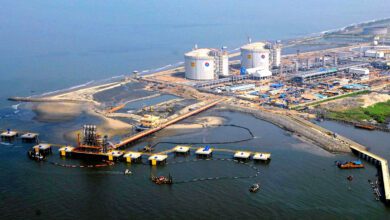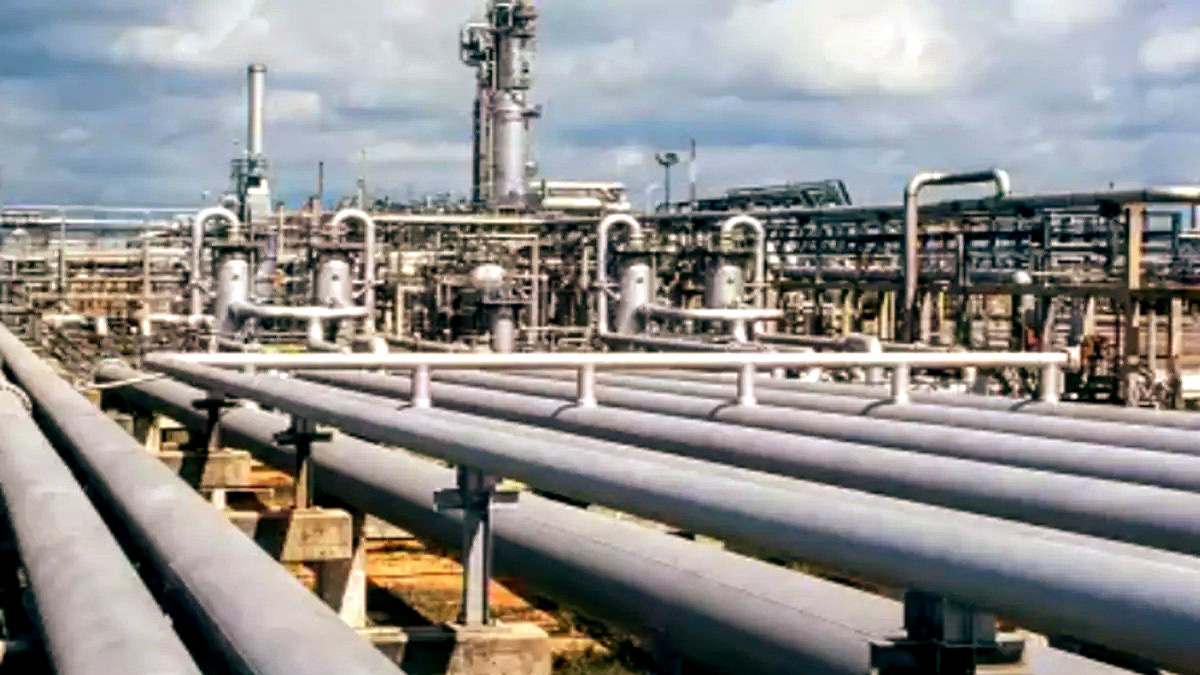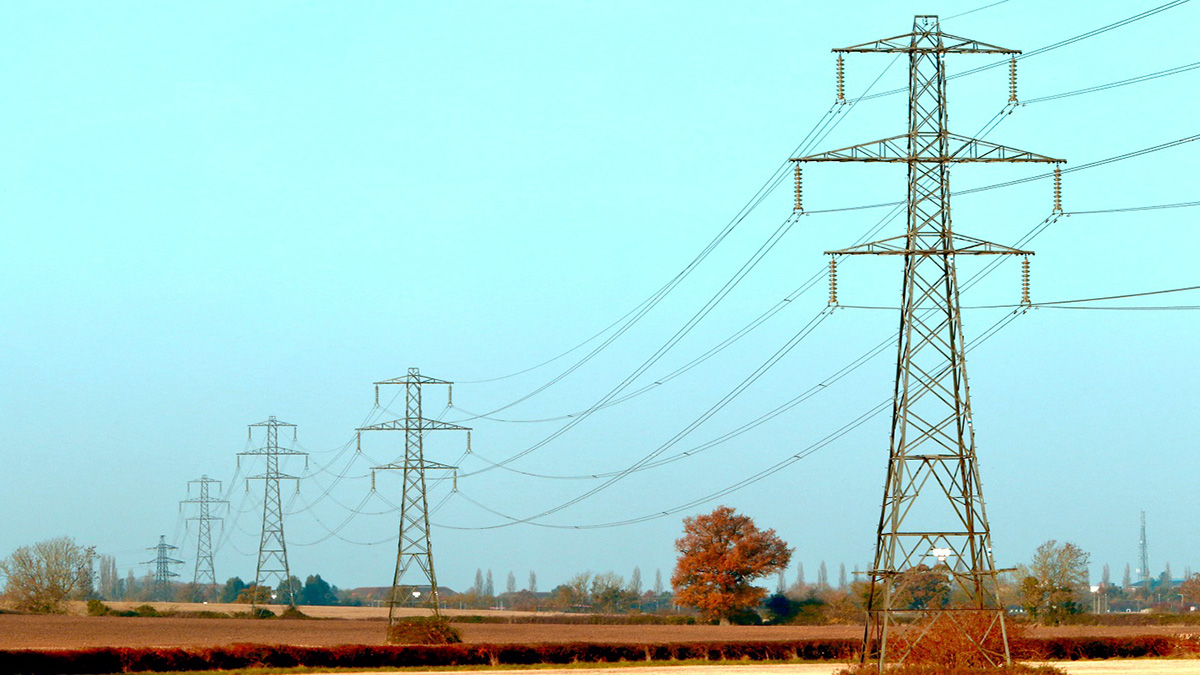The LNG Bunkering Market is segmented by Product Type Truck-to-Ship, Port-to-Ship, Ship-to-Ship, and Portable tanks, by End-User (Container Fleet, Tanker Fleet, Cargo Fleet, Ferries, Inland Vessels and Others). The report covers global opportunity analysis and industry forecast from 2020 to 2027. It is published on Valuates Reports in the Oil & Gas Category.
Global LNG bunkering market size was valued at USD 0.38 Billion in 2019 and is projected to reach USD 5.14 Billion by 2027, growing at a CAGR of 45.2% from 2020 to 2027. Major factors driving the growth of LNG bunkering market size are stringent environmental regulation toward pollution caused by ship transportation and the lower operating & shipment costs.
Trends influencing the growth of LNG Bunkering market size
- The emission regulation set by IMO (International Maritime Organization) on sulphur content in the marine fuel is expected to be the primary driver for the growth of LNG bunkering market size. Liquified natural gas (LNG), with its low sulphur content, favourable hydrogen-to-carbon ratio, and lower nitrogen oxide emission compared to conventional fuels, fulfils all International Maritime Organization (IMO) air emission regulations.
- When compared to HFO (heavy fuel oil) and other marine fuels, LNG is cheaper. Thus the cost-effective feature of LNG is expected to further increase the growth of LNG bunkering market size.
- The increase in gas exploration and production activities along with growing cargo due to trade activity is expected to drive the growth of the LNG bunkering market size.
- The emphasis on strengthening LNG distribution infrastructure, as well as the number of LNG-powered ships, is expected to boost the LNG bunkering market size during the forecast period.
LNG Bunkering market share analysis
- The ship-to-ship segment had the highest market share of about 60.5 percent in 2019 and is expected to hold this position during the forecast period. This is due to an increase in the number of ships using LNG as a cleaner fuel to comply with strict government regulations.
- Based on application, the cargo fleet segment has the largest share in 2019 and is projected to expand at a CAGR of 45.4 percent in 2020. This is due to an increase in demand for cargo transportation through ships as well as an increase in trade-related agreements. Furthermore, the cargo shipping market’s growth is expected to be fuelled by an increase in the number of manufacturing units and factories in regions such as Asia-Pacific and LAMEA.
- Based on the region, Europe dominated the LNG bunkering industry in 2019, and it is expected to continue to do so over the forecast period. This is due to a number of factors, including a broad customer base and a rise in maritime trade activities in the region. Furthermore, the increased development of LNG bunkering infrastructure in the European region is expected to contribute to the market’s growth in Europe.













